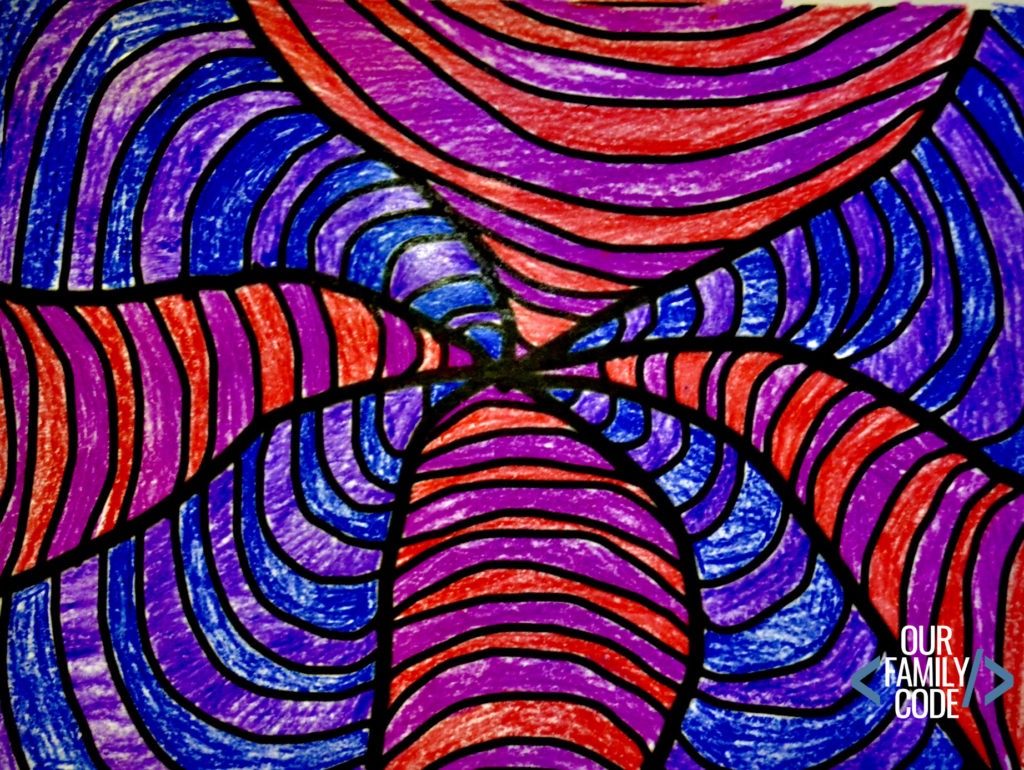
The rest is nothing more than simple colors and brushwork.Ĭhilde Hassam, Peach Blossoms-Villiers-le-Bel, 1887-89 Key Takeaways Those intricate plants and flowers focus your attention. He often made clever use of feature details to direct your attention to important areas, allowing him to simplify the surroundings.īelow are photos of his Cremorne Pastoral I took at the New South Wales Art Gallery. I’m going to use Streeton again as an example. You control where the viewers should look. The thing about painting is, that you get to decide what is in focus (and what is not).


What do the surrounding objects look like? Probably nothing but vague color shapes. When we focus on something, the surroundings blur and soften. This allows you to simplify the other areas without compromising the quality of realism. They focus your attention and in doing so, draw attention away from other areas. A prominent rose in a bed of flowers, a deep contour of the water, an interesting pattern of dappled light, and the subject’s eyes in a portrait. Feature Detailsįeature details are small bursts of clarity, activity, and detail. The paintings are Claude Monet’s Camille Monet on a Bench in the Garden, Ivan Shishkin’s Oaks, and a landscape by Isaac Levitan (not sure of the name). Our imagination can take care of those details. Sargent didn’t need to paint the blades of grass, rocks, insects, leaves, or plants. But there’s no mistaking it’s a landscape. A few dark shapes, light shapes, and thin washes of color. Take John Singer Sargent’s pleasant watercolor below. The imagination ends up doing much of the work for you. This alone can make it appear like there’s more going on than what’s actually there. It’s amazing how all the pieces fall into place when you put the right colors in the right spots (I think Richard Schmid said something along these lines in one of his demonstrations). Placing the Right Colors in the Right Spots

If you need help in this area, I have more details in my Painting Academy course. Keep in mind, the first step happens in your head. The rest of this post will focus on specific techniques for painting the illusion of detail. Simplifying the subject and painting with fewer strokes is hard. It’s a fun way to paint, but it’s not easy. I’m always amazed at how much information they can convey with a single stroke of their brush. It involves distilling all the “noise” and information down into the most basic elements, then painting those elements. The illusion of detail combats this problem. Albert Pinkham Ryder, The Lovers’ Boat, c.1881


 0 kommentar(er)
0 kommentar(er)
